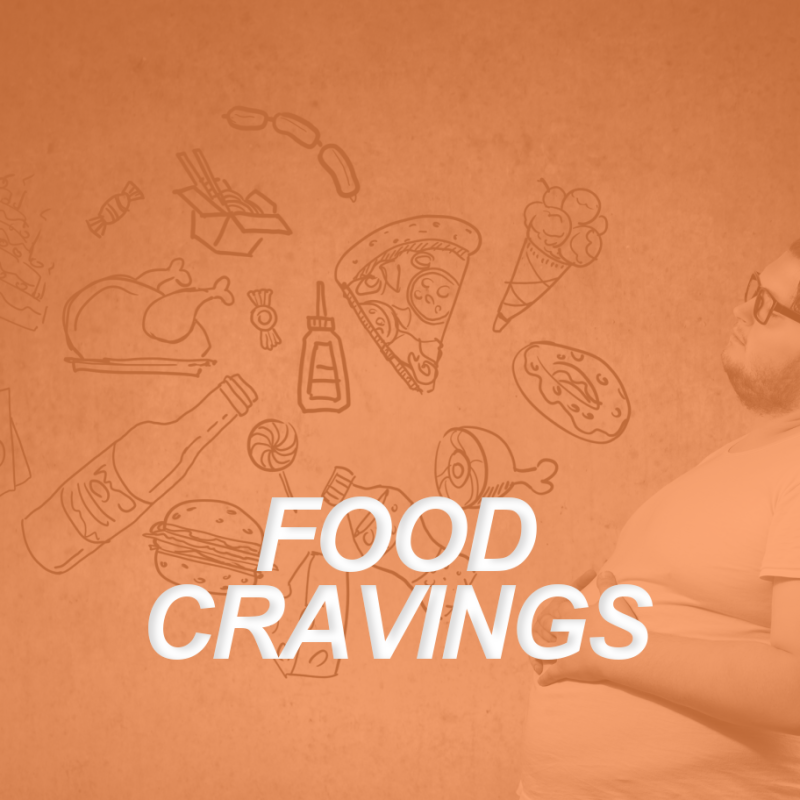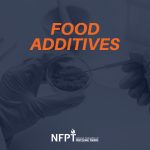
All humans have food cravings. Some cravings are sweet, some savory, and others salty. For some people, cravings can be specific and consistent, or bizarre and rare. Such cravings can penetrate on a deep mental and emotional level, potentially causing our fitness clients to lose sight of training and health goals. Why do we experience food cravings and how can personal trainers advise their clients?
What are food cravings?
To begin to understand this from a scientific standpoint we must first reference the two hormones that are in charge of regulating these occurrences internally: leptin and ghrelin.
Leptin is the hormone responsible for inducing satiety while ghrelin is the hormone responsible for appetite stimulation. Both of these are essential to regulating portion sizes, hunger cues, and pesky cravings that get in the way of us reaching our goals. These two hunger hormones can be affected by sleep and stress. Both can be drastically over or underproduced when less than seven hours of sleep are achieved. Even just 30 minutes of decreased quality sleep at night can immensely impact the body’s ability to regulate the two.
This may result in being overtired, moody, and the inefficient cycling of insulin levels. In turn, sleep-deprived individuals may crave foods loaded with sugar or caffeine to provide a quick energy boost to make it through the day.
Food Cravings at Work
Shift workers who work late nights experience sleep and hormone irregularities due to the nature of their schedules. Their sleep is often choppy and inconsistent. They have access to more vending machines and less healthy food options during their break times at work, probably opting for late-night fast food to fuel their nights on the job.
That said, most of us have seemingly “normal” schedules and still struggle with food cravings and late-night snacking. What’s really at the root of them?
The Root Cause of a Craving
If you have clients who have voiced concerns about their inability to stave off cravings or believe that they are, only to sabotage it while mindlessly munching in front of the TV or eating a full bag of chips on the way home without realizing it. Here are a few questions you can ask to gain some clarity.
Are they eating enough during the day?
If macro portions are not being met during the day, even a healthy dinner at the end of the day may not be enough to counter the effects of deprivation. The body in an effort to make up the deficit will produce an appetite so that certain food cravings may be triggered to encourage the body to get what it needs. Usually, however, the intensity of the appetite at this point will likely cloud judgment.
Get an idea of how many portions of proteins, healthy fats, and carbs your clients are eating at each meal. If they’re skipping breakfast, and reaching for simple carbohydrates (bagels, baked goods, fruit, etc) or perhaps eating a small salad without enough protein for lunch, their body is likely hungry for more nutrient-dense foods during the day.
Are the cravings physiological or emotional?
Asking your client to keep a food journal and make notes about what they’re eating, how long it takes them to eat, and what emotions they are experiencing before, during, and after a meal or snack. This may help pinpoint whether the cravings are due to actual hunger or their body’s response to stress and overwhelm.
If you have determined that the cravings are due to stress, highlight the importance of a solid sleep routine and urge them to ditch the screens 30 min before bed. Blue light has the capacity to reduce the natural production of melatonin in our systems and lends to choppy night sleep. This in turn diminishes adequate sleep and recovery, which is when the hunger hormones, leptin and ghrelin, get to work. A well-rested and well-recovered individual has to ability to better control their emotional state and therefore, their cravings.
Offering Guidance
Most of what we do as personal trainers and coaches is to help people draw awareness to their current habits, gain clarity on what’s working and what’s not, and come up with a few simple steps and action sequences to get our clients moving in the right direction.
While staying within scope of practice for those not also certified in nutrition, you can still very simply and effectively help your clients draw attention to current habits, provide helpful articles for them to self-educate, and provide accountability to help keep them on track to make the necessary lifestyle changes they need to become healthier.
For more guidance on the science behind cravings, check out these articles below:
https://www.precisionnutrition.com/junk-food-alternatives
https://brainworldmagazine.com/crave-science-behind-food-cravings/ ways decreased sleep contributes to overeating




